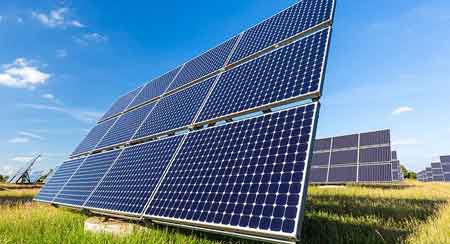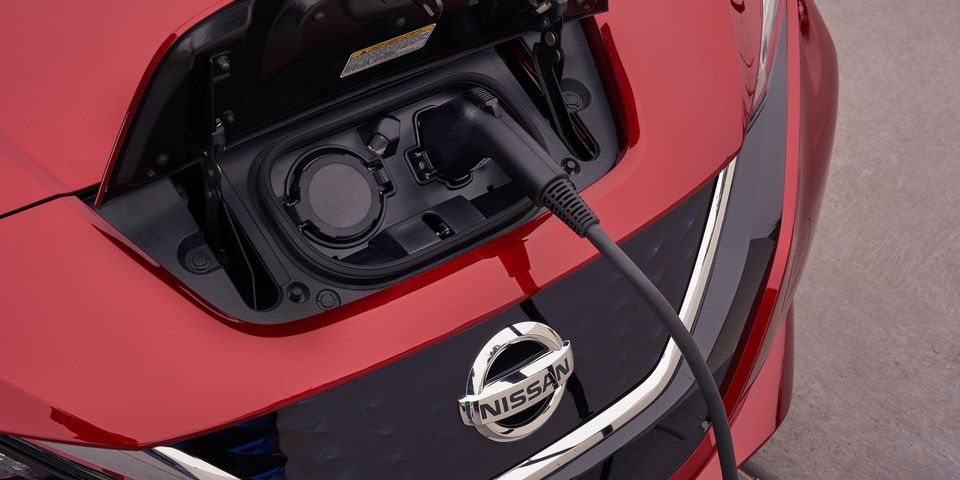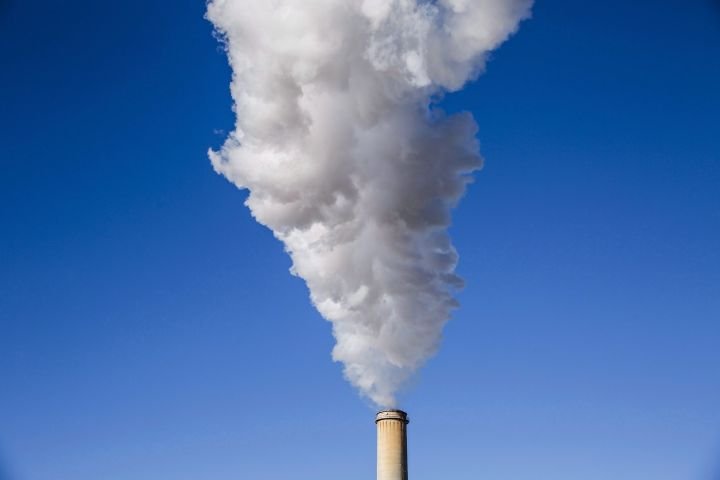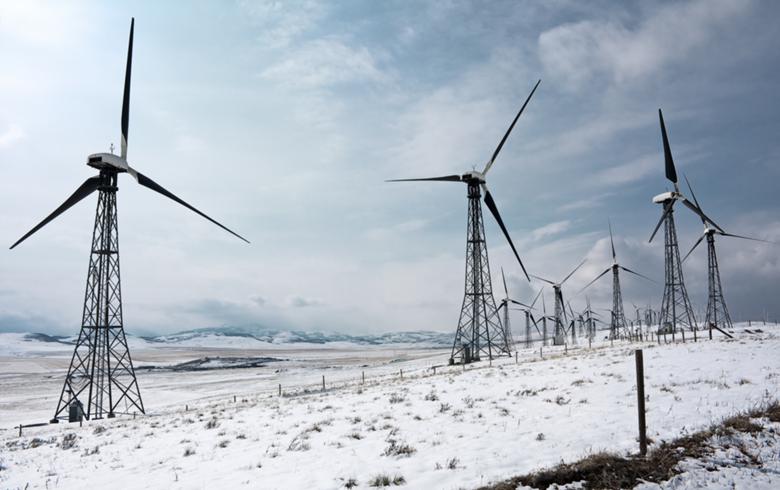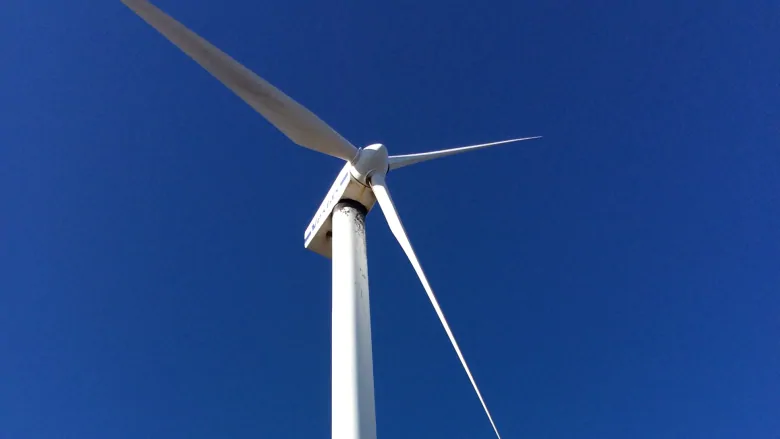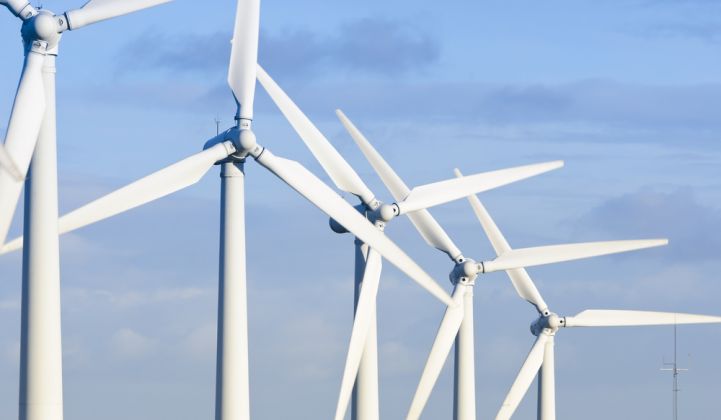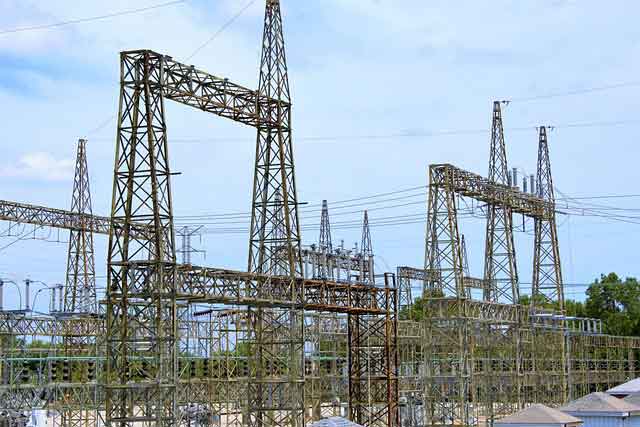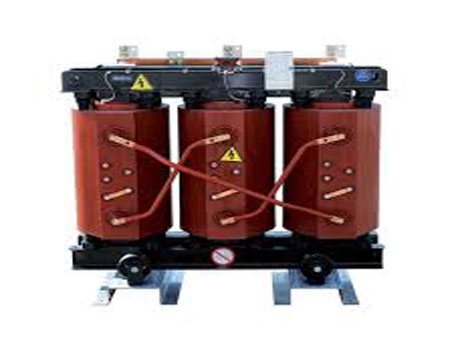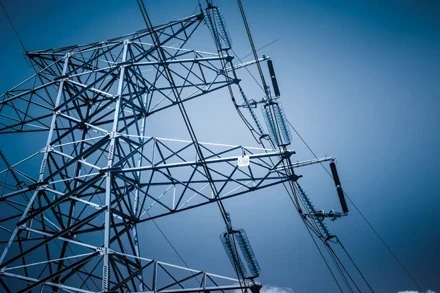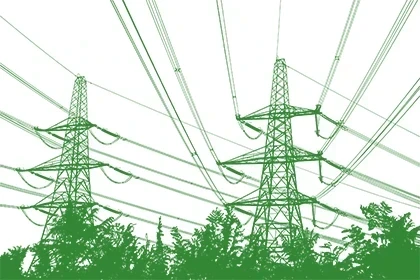For the first time in history, solar energy became the leading source of electricity generation in the European Union in June 2025, marking a major milestone in the continent’s transition toward renewable energy, as renewables surpassed fossil fuels across the bloc this year. According to new data from Eurostat, more than half of the EU's net electricity production in the second quarter of the year came from renewable sources, with solar power leading the way.
Between April and June 2025, renewables accounted for 54 percent of the EU’s electricity generation, a 1.3 percent increase compared to the same period in 2024. The rise was driven primarily by solar energy, with countries like Germany seeing a solar boost amid the energy crisis, which generated 122,317 gigawatt-hours (GWh) in the second quarter—enough, in theory, to power around three million homes.
Rob Stait, a spokesperson for Alight, one of Europe’s leading solar developers, described the achievement as “heartening.” He said, “Solar’s boom is because it can generate huge energy cost savings, and it's easy and quick to install and scale. A solar farm can be developed in a year, compared to at least five years for wind and at least ten for nuclear. But most importantly, it provides clean, renewable power, and its increased adoption drastically reduces the reliance of Europe on Russian oil and gas supplies.”
Eurostat’s data shows that June 2025 was the first month ever when solar overtook all other energy sources, accounting for 22 percent of the EU’s energy mix, reflecting a broader renewables surge across the region. Nuclear power followed closely at 21.6 percent, wind at 15.8 percent, hydro at 14.1 percent, and natural gas at 13.8 percent.
The shift comes at a critical time as Europe continues to navigate the economic and energy challenges brought on by Russia’s ongoing war in Ukraine. With fossil fuel markets remaining volatile, countries have increasingly viewed investment in renewables as both an environmental and strategic imperative. As Stait noted, energy resilience and renewable infrastructure have now become a “strategic necessity.”
Denmark led the EU in renewable energy generation during the second quarter, producing 94.7% of its electricity from renewable sources. It was followed by Latvia (93.4%), Austria (91.8%), Croatia (89.5%), and Portugal (85.6%). Luxembourg recorded the largest year-on-year increase, up 13.5 percent, largely due to a surge in solar production. Belgium also saw strong growth, with a 9.1 percent rise in renewable generation compared to 2024, while Ireland targets over one-third green electricity within four years.
At the other end of the spectrum, Slovakia, Malta, and the Czech Republic lagged behind, producing just 19.9%, 21.2%, and 22.1% of their electricity from renewable sources, respectively.
Stait believes the continued expansion of renewables will help stabilize and eventually lower electricity prices across Europe. “The accelerated buildout of renewables will ultimately lower bills for both businesses and other users—but slower buildouts mean sky-high prices may linger,” he said.
He added a call for decisive action: “My advice to European nations would be to keep going further and faster. There needs to be political action to solve grid congestion, and to create opportunities for innovation and manufacturing in Europe will be critical to keep momentum.”
With solar energy now taking the lead for the first time, Europe’s clean energy transformation appears to be entering a new phase, as global renewables set new records and momentum builds—one that combines environmental sustainability with energy security and economic opportunity.





